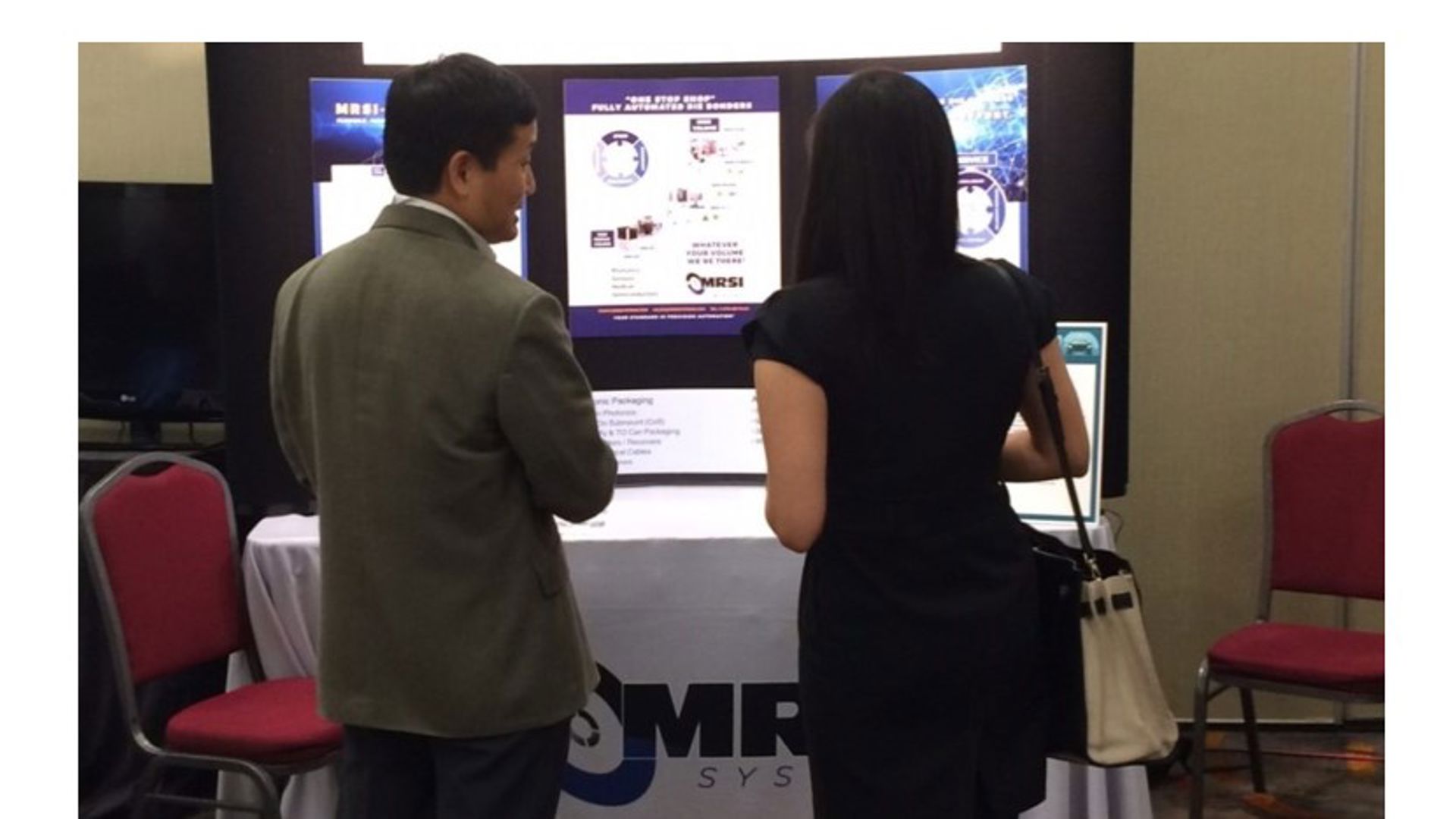Automotive LIDAR Conference 2018: AI & Autonomous Vehicles
LIDAR (LIght Detection and Ranging) is a ranging and positioning system that measures distance to a target by illuminating the target with pulsed laser light and measuring the reflected pulses with a sensor. Differences in laser return times and wavelengths can then be used to make a digital image of the target and determine the distance from the sensor and its speed if moving.

MRSI Systems exhibited at the Automotive LIDAR 2018 Expo and Conference in Detroit, Michigan last month. The conference focused not only on hardware solutions but software as well. The use of AI (Artificial Intelligence) and machine learning provides an instrument to integrate the many sensing technologies like LIDAR, RADAR and Machine Vision and use predictive modeling to teach the system as a whole. By integrating all of the data from all of the sensors a more complete “picture” evolves, and the more scenarios presented to the system the better the system becomes.
It was a great exhibition and conference, which included many LIDAR focused workshops and presentations including these topics:
- State-of-the-art LIDAR technologies
- LIDAR data fusion with other types of sensors such as radar and camera
- Impacts of enabling technologies such as artificial intelligence
- Supply chain trends and challenges
- Fabrication, packaging, and system assembly techniques
There were a few workshops on LIDAR including LIDAR fundamentals which focused primarily on how LIDAR how works and why it is required for ADAS (advanced driver-assistance systems) and autonomous vehicle applications.
MRSI’s Solutions for LIDAR Applications
MRSI has been involved in packaging the core laser engine parts for LIDARs. Whether the laser engine is based upon large VCSEL array or high power edge emitting lasers, we provide the best-in-class solutions including high placement precision, co-planarity assembly, bonder line thickness control, and delicate force control for fragile III-V laser materials for R&D and volume production. The lasers can be bonded to all type of carrier materials such as ceramic, metal, and printed circuit board using eutectic reflow bonding, thermal epoxy stamping or dispensing, and in-situ UV curing. Our skilled engineering and field applications teams with advanced packaging process experience will ensure the systems are properly supported for your specific application requirements at local regions and from headquarters.